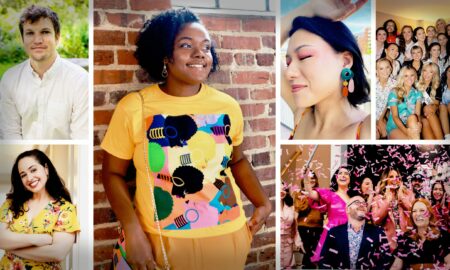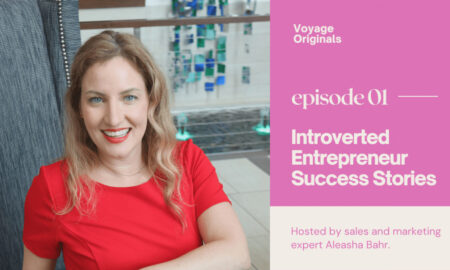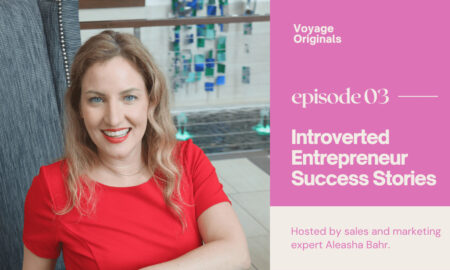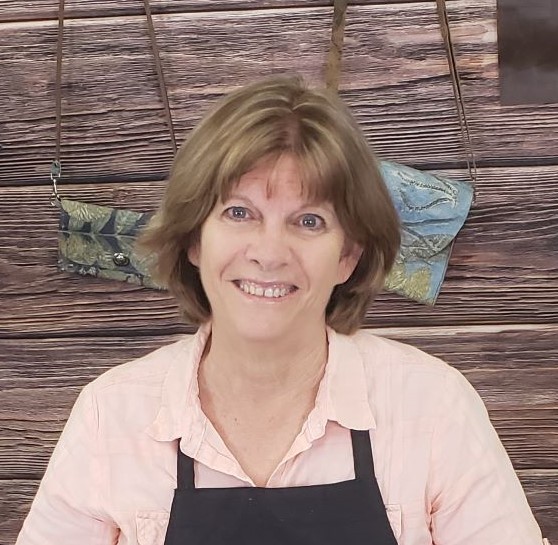

Today we’d like to introduce you to Theresa Brown.
Hi Theresa, thanks for joining us today. We’d love for you to start by introducing yourself.
M Theresa Brown is a professional artist whose long art career embraces many areas of the Arts. She migrated south from NY state to study Commercial Art and Printmaking at East Carolina University. In subsequent years, she became involved in the dog show industry and built a large boarding facility north of Raleigh, NC, where she combined raising a family and running several successful businesses, including the only grade-A goat dairy, with her cheese-making business in NC. All the while, she kept her hand in her art skills. When she found herself a divorced single mom artist, she utilized her portraiture skills to provide for herself and her four children, setting up a booth at the Raleigh markets and painting portraits to pay her bills and provide for her family. Later, she moved into Crabtree Valley Mall, working with various businesses to sell her work in that venue. Because her fine art portrait specialties were people and animals, she developed a big following among the horse and dog world, eventually showcasing her work at horse and art shows around the country.
Along the way, she put her college printmaking and graphic design work to use as she explored the fiber arts. Using many similar art skills and accumulated knowledge, she evolved in the fiber art world as a hand painter on silk and ecoprinter (a form of botanical printing) on natural fibers. She uses natural dyes and low-impact synthetic dyes and merges them into unique, beautiful designs on silk, wool, paper, and leather. She turns her transformed work into artisanal clothing, accessories, and art. Her articles and designs in the fiber arts have appeared in international publications such as “No Serial Number” and “Belle Armoire.”
Theresa has contributed articles and blogs for online publications and created many “How to” DVDs and eBooks in the visual arts in conjunction with the national art supply store chain, Jerrysartarama. The organization bought the rights to her eBooks “Art Marketing Success Secrets” and “Single Mom’s Guide to Making Money as an Artist” and published them as audiobooks. She is often a guest speaker on art marketing for art organizations. She has a line of instructional PDFs on ecoprinting techniques and is the first instructor to teach Ecoprinting on Leather in the US. She teaches in her studio and online and has been an instructor at many events and fiber art shows across the country, including Maryland Sheep and Wool Festival, John C Campbell Folk School, Carolina Fiber Fest, Kentucky Sheep and Fiber Festival, Michigan Fiber Fest, Wisconsin Sheep and Wool Festival, Handweavers Guild and many other venues. She is the silk artist at the Village of Yesteryear each year at the NCSF in Raleigh, NC. She and her artist husband, Stephen Filarsky, reside in rural NC with their alpacas, chickens, and family dogs!
Can you talk to us a bit about the challenges and lessons you’ve learned along the way? Looking back, would you say it’s been easy or smooth in retrospect?
Smooth road? Hell No! In my opinion, the most discriminated and vulnerable group of people in America are single mothers with children. I was denied housing because “I didn’t have a man to cut my grass” (no joke) the Housing Authority of Wake Forest was unable to offer any help, saying there was a 2-year waiting list for mothers who had “that many children”. (I had 4) I dealt with housing offers from lecherous old men, refused housing because “4 kids would trash the place,”… the list goes on. I began to understand how people would up in cars or women turned to “other” means to feed their children. Self-employment is not for the faint of heart. I kept overcoming each roadblock, but even though my head accepted and worked hard to do just that, the stress apparently affected my health, and I had to work with and around my (eventual) mononucleosis. At that time, I tried to get 6 months of help from Social Services, but even asking for just that was refused.
For a year, my sole income was what I earned selling my art. Eventually, I was able to collect a piddling amount of child support, but the promised and due increase never materialized. Through it all, my kids were troopers, the oldest picking up odd jobs at the markets while I ran my booth and helping to babysit the youngest. Single mothers are both mothers and fathers and as such, carry the entire load. It is one reason I wrote the book “Single Mom’s Guide to Making Money as an Artist” back in 2010 to address those challenges and how I managed. And much has probably improved now that there are platforms available such as social media, Internet resources, and so many more organizations to help single mothers than there were prior to the World Wide Web becoming available to everyone!
“When the going gets tough, the tough get going” was my mantra 🙂
Can you tell our readers more about what you do and what you think sets you apart from others?
Wow. That’s a tough one! As a fine art portrait artist whose career now encompasses 30 years of that profession, I have expanded into the areas in which I had not previously focused on. When my silk painting led me to becoming the silk artist at the Village of Yesteryear (at the NCSF), my focus began to shift more from my easel work to my fiber work. My college days of printmaking re-emerged in a form of printmaking called “ecoprinting.” This particular art form involved areas of creativity and activity that I loved. Ecoprinting involved the outdoors, plants, printmaking, and artistic challenges all rolled into a final image that was unique and involved Mother Nature! I embraced the spontaneity of this art form. Now, I love my portrait work! It has been my passion from my earliest days. I excel in realism, and that alone was a challenge back in my college environment of abstract thinking! And I honestly never thought I would be excited about an art form with so much unpredictability as that found in ecoprinting! But I have learned to appreciate the role that Mother Nature plays in it. As I learned and experimented more and more with imprinting leaves, flowers, and plants onto silk and wool, I began to also experiment with leather. I am now considered one of the foremost experts on ecoprinting on leather. My years of self-employment as an artist have played a key role in my success. Need can be a huge factor in motivation. I found myself re-honing my sewing skills (I used to sew many of my children’s clothes.) when I could not find reliable people to sew my ecoprinted fabric into the garments I sold. Fashion Designer was not on my radar, but hey, you do what you have to do! The same applied to my ecoprinted leather. Although I was involved with leather from my years with horses, it was on another level. And I could not find the skilled labor to make the bags and items I wanted from my imprinted leather, so I learned to do it myself. I am fortunate that I am a sought-after instructor of these same skills at many fiber art shows and travel around the US teaching these same skills.
I am proud of being able to motivate my students and encourage them to embrace whatever area of art they feel drawn to. I am a firm believer in that old saying that “When life hands you a lemon, make lemonade!”
We’re always looking for the lessons that can be learned in any situation, including tragic ones like the Covid-19 crisis. Are there any lessons you’ve learned that you can share?
Aside from all the political and masses of opinions regarding Covid-19, several lessons and observations became apparent immediately, and the number one lesson was adapting quickly to a totally unforeseen challenge. I have ridden all the economic downturns over the past 30 years, and adapting to the situation was always possible. But none of those challenges meant a total shutdown. It was obvious to me that the restaurants that adapted quickly to curbside takeout and changed their menus to suit rode through the Covid crisis. Those that could not did not. The number two lesson: As a self-employed business, I learned early not to put all my eggs into one basket. And that thought kept popping through my mind when shortages happened during Covid, and I wondered if American businesses learned their lesson by having all their eggs in the Chinese manufacturing businesses! But with businesses closing, those of us who relied on art shows or studio lessons or anything involving leaving the home or studio had to adjust quickly as well. And for artists and crafters who supply what are essentially luxury items, that meant some serious rethinking! I quickly stopped procrastinating about online workshops and started putting them together. I had to revamp websites, do more on social media, and essentially switch to a lot of online marketing. DIY workshops meant putting together kits for students within the price ranges for stay-at-home students who were starting to go stir-crazy! You do what you have to do and before larger companies were able to fulfill the vast demand of facemasks, small artisan shops did-and I made quite a few masks during those first 8 months of 2020!
And number 3? Any small business needs to have a business plan, and within that plan has to be an emergency plan. No one predicted Covid, but it could have been something else. And Artists should always set aside money when they are making it to cover for the months they are not! And that is how I managed to squeak my way through those Covid years.
Contact Info:
- Website: www.thesilkthread.com (fiber art) www.mtheresabrown.com (portraits)
- Instagram: www.instagram.com/thesilkthread
- Twitter: www.twitter.com/MtheresaBrown
- Youtube: www.youtube.com/c/thesilkthread
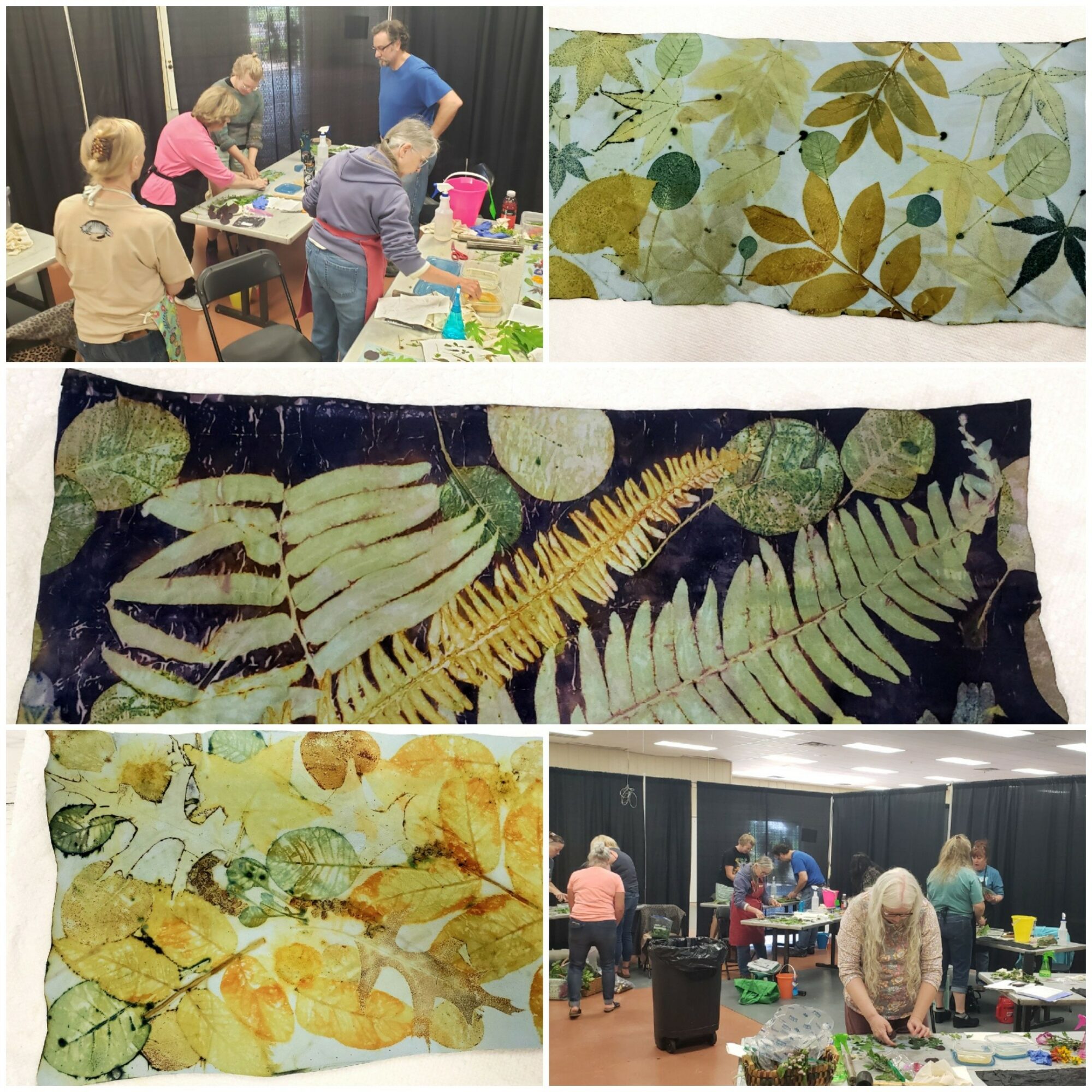
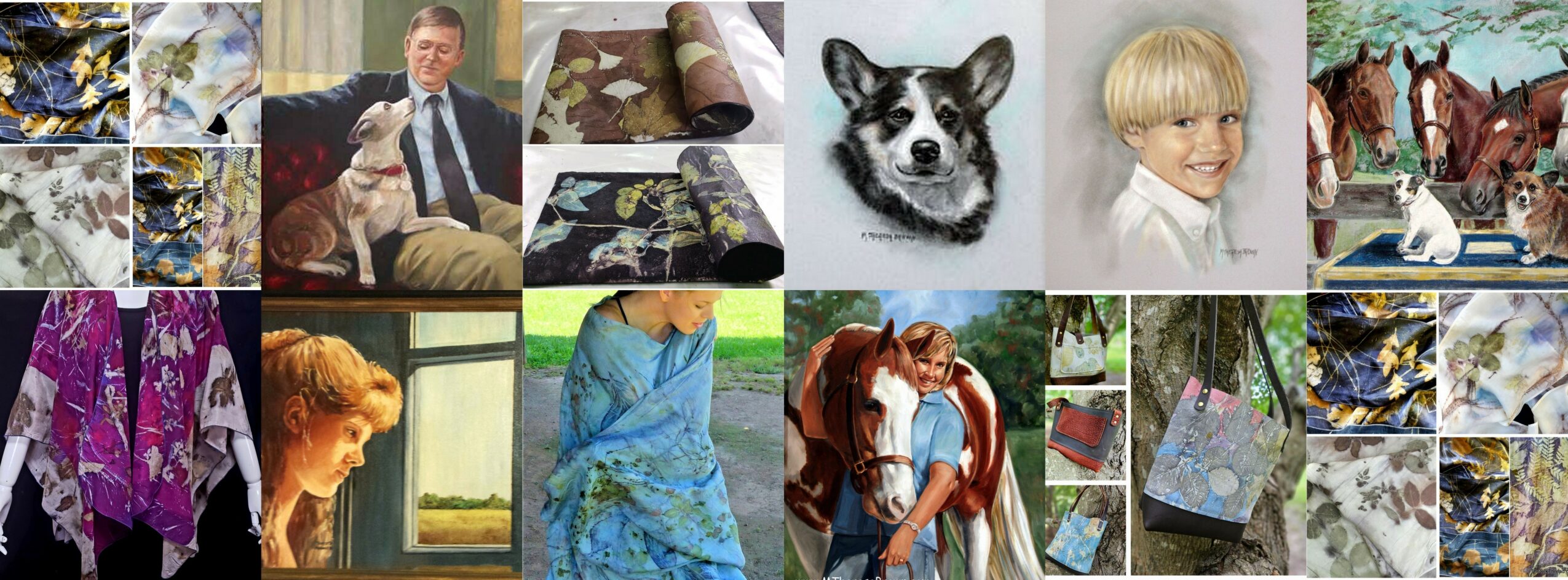
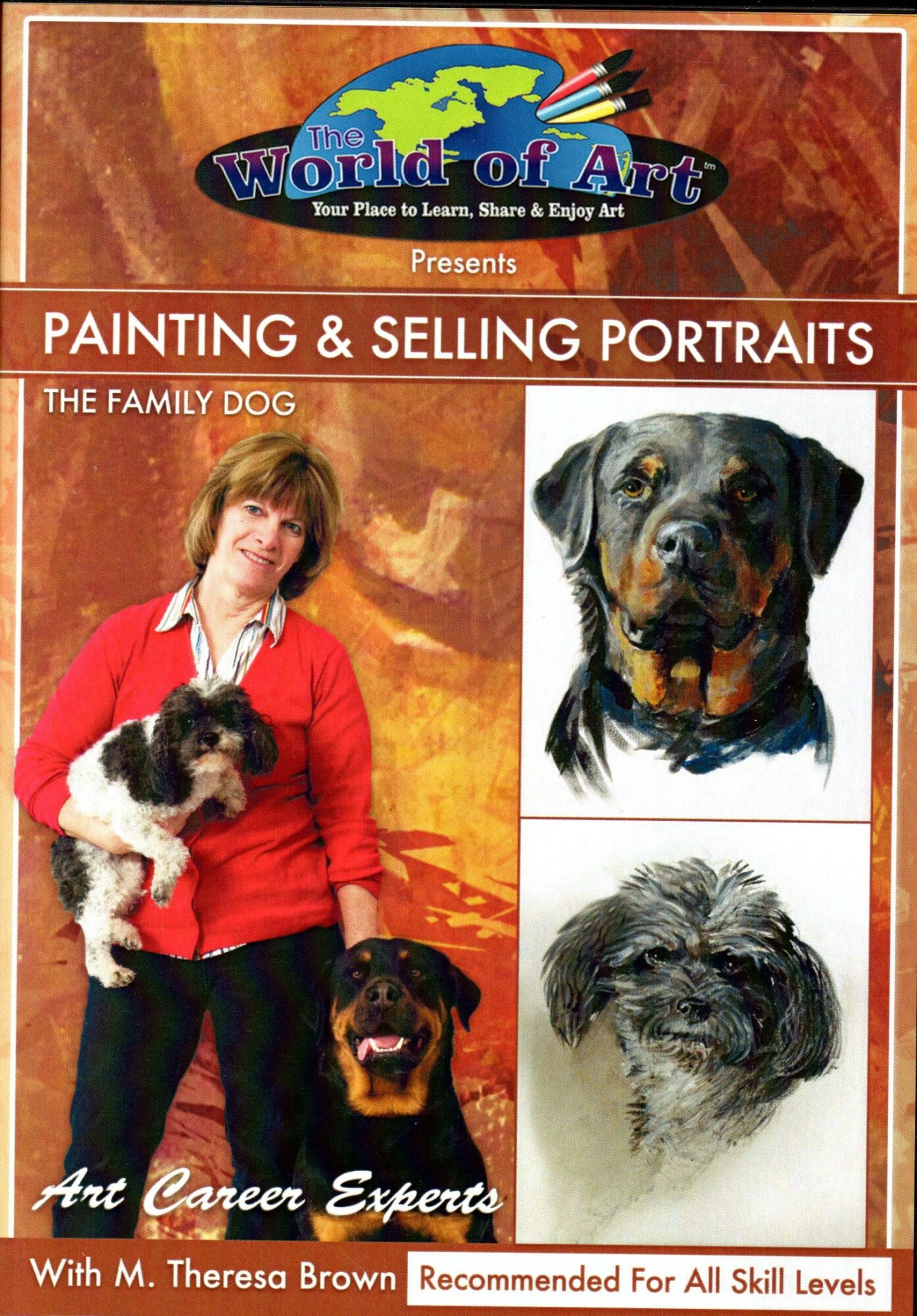
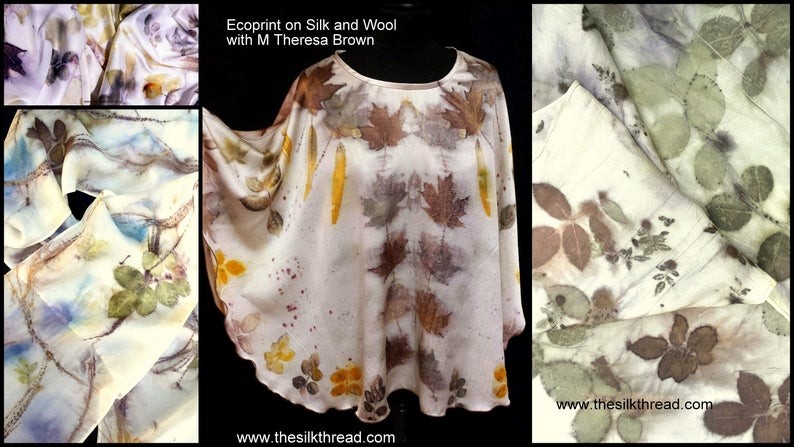
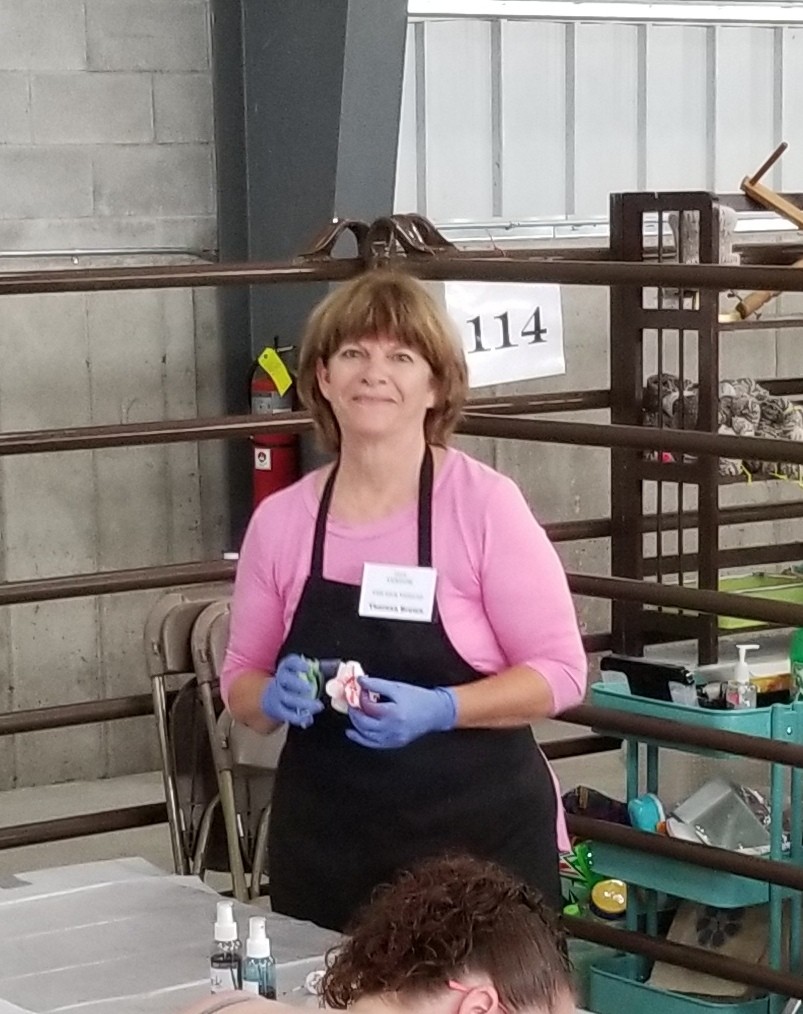
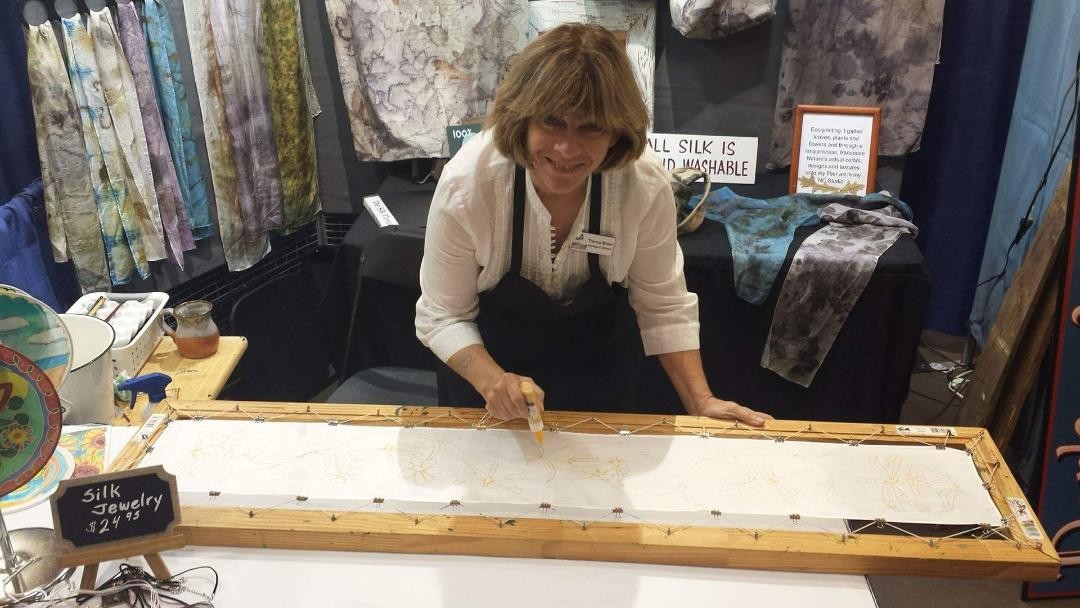
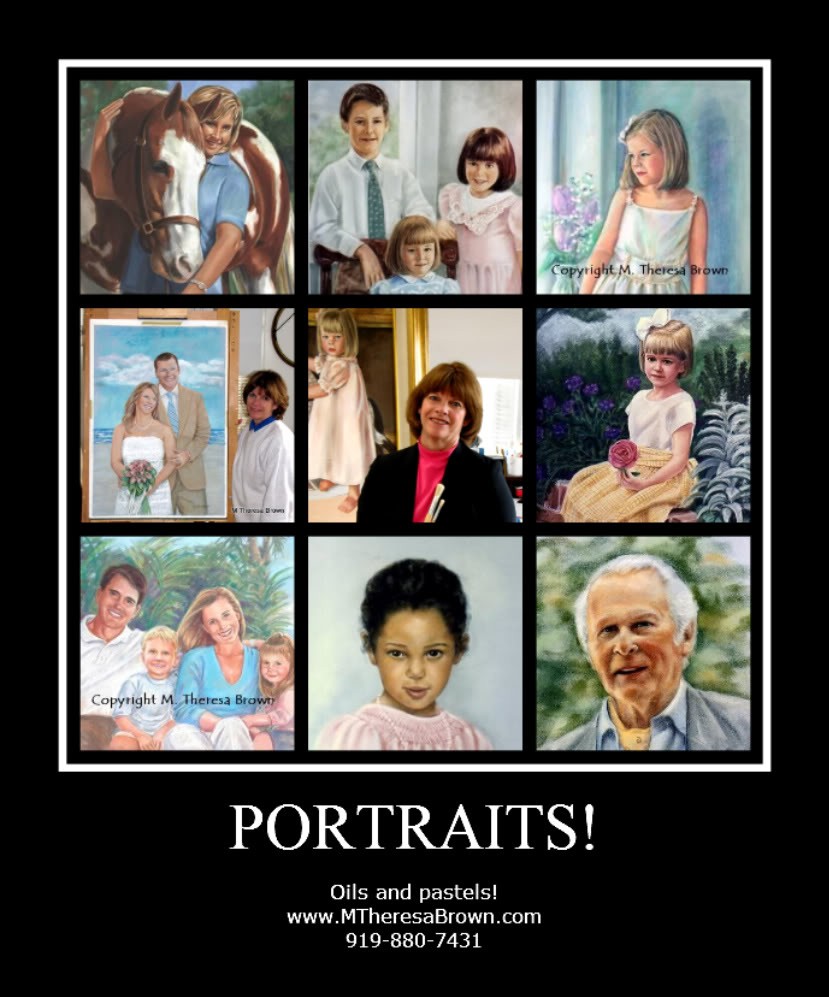

Image Credits
M Theresa Brown

